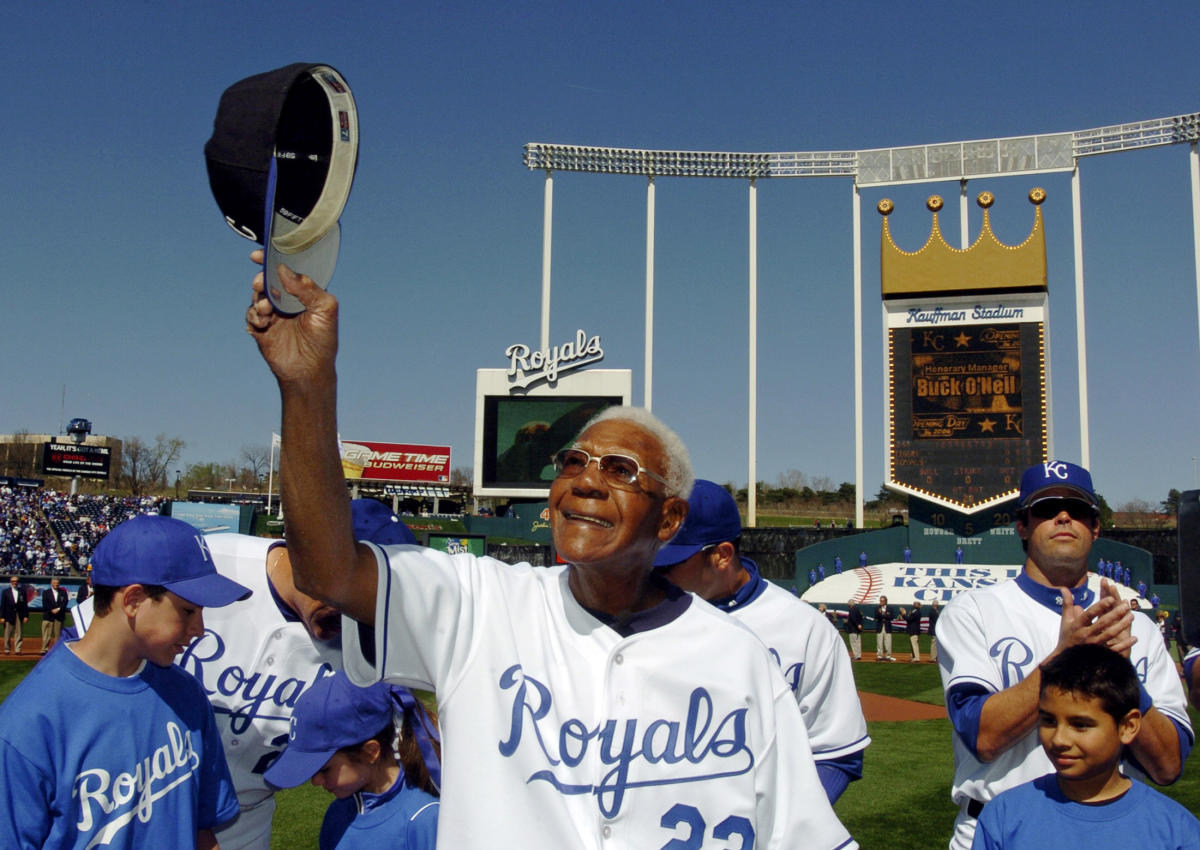[ad_1]
“Exploring the Role of the United States Media in the 21st Century”
A passenger reads the front page of The Wall Street Journal, which reports on technology company executives testifying before a congressional committee investigating monopoly policies on October 29, 2020
The US has the most developed mass media in the world. His dramas, comedies, soap operas, animations, music videos and films have global audiences and are staples on broadcasters worldwide.
Television is America’s most popular medium. ABC, CBS, and NBC led the pack for decades, until cable and satellite rolled out en masse and the Fox network was launched. Fox News Channel is the dominant US cable news channel.
But viewing habits are changing and the share of live television in the content consumed is falling. The US is a global leader in the adoption of over-the-top (OTT) video-on-demand delivered over broadband internet.
There are around 10,000 commercial radio stations. In cities there are offers for almost every taste. Subscription satellite radio offers hundreds of channels and has millions of customers.
“The US has a free, diverse, and constitutionally protected press,” says Washington-based Freedom House (2019). It states that President Donald Trump has “sharpened the mainstream media and routinely accused it of hate speech and mendacity.”
The NGO says reporting has become more polarized, with some media outlets and prominent commentators “offering a consistently right- or left-leaning perspective.”
Public Broadcasting
Public service broadcasting is partly financed by the state, but also supported by private grants. Universities and colleges operate outlets. National Public Radio (NPR) – with hundreds of affiliated stations – offers news, debate and music without commercials.
Public television services operated by PBS are on a mission to provide “quality” and educational programming.
The government sponsors television, radio, and online channels aimed at audiences outside the United States, including those in the former Soviet bloc, the Middle East and Asia, and Cuba.
There are more than 1,000 dailies in the US, most with local or regional readership, but they have been hit by online competition.
“The industry’s financial fortune and subscriber base have been in decline since the mid-2000s, and website viewer traffic has leveled off after a few years of growth,” the Pew Research Center said in 2019.
The USA is the home of the internet. As of July 2022, there were 312 million internet users, which is 93% of the population (Internetworldstats.com).
As of January 2022, there were 270 million social media users (datareportal.com). YouTube, Facebook and Instagram are the leading platforms.
Internet access is unrestricted, according to Freedom House, but the leading social platforms have “fought to control false or hateful material without compromising freedom of expression or their own business interests”.
-
ABC – large commercial network
-
CBS – large commercial network
-
NBC – large commercial network
-
Fox – large commercial network
-
CNN – Pioneer of rolling 24-hour TV news, operates national and international streams
-
MTV – pioneer of music television
-
HBO (Home Box Office) – pay TV network; Creators of some of America’s most critically acclaimed programs
-
PBS (Public Broadcasting Service) – public television, serving approximately 350 non-commercial member stations
[ad_2]
Don’t miss interesting posts on Famousbio










